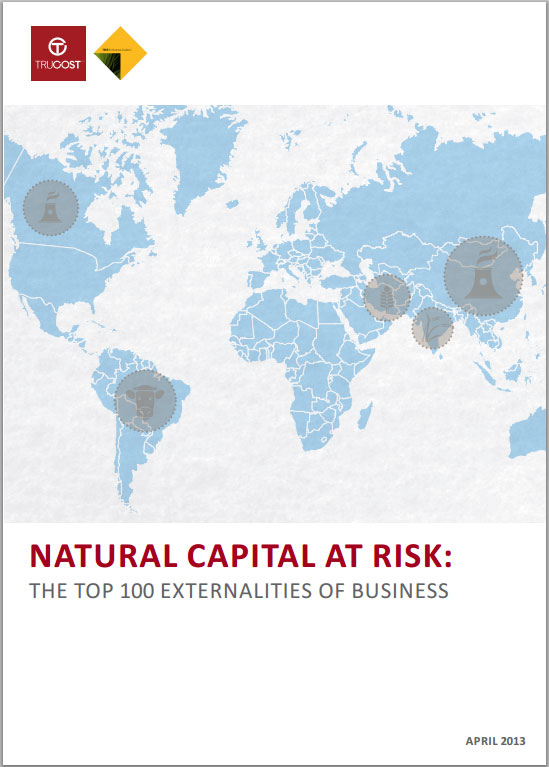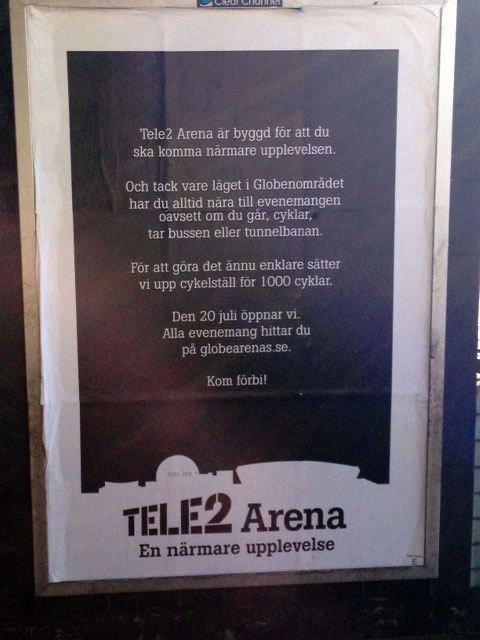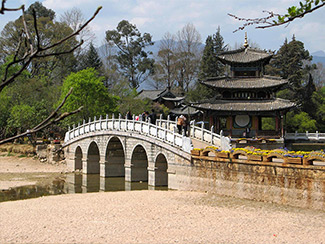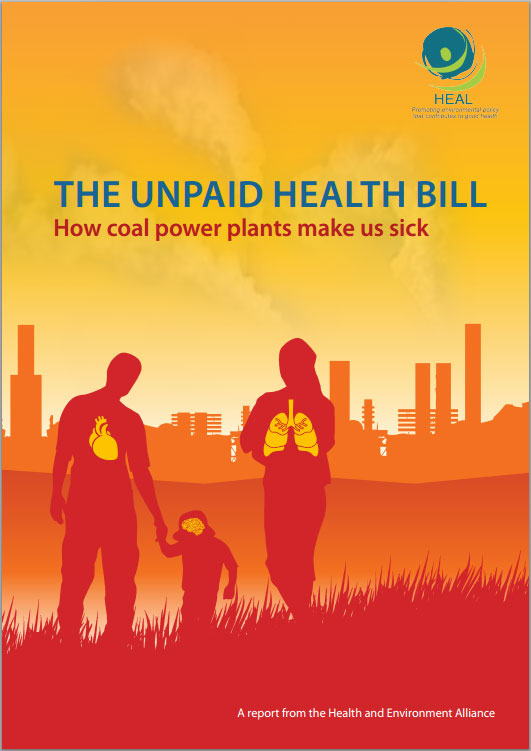Study: Walkable Infill Development a Goldmine for City Governments
By Angie Schmitt
A study out of Nashville by Smart Growth America provides more evidence that building walkable development in existing communities is best for a city’s bottom line.
Nashville’s “The Gulch” — a mixed-use development downtown — generates a much greater public return than more suburban developments in the same city. Image: Cumberland Region Tomorrow
SGA recently examined three different developments in the Music City. One was a large-lot, traditional suburban-style development called Bradford Hills built on greenfield site. Another was a “new urban”-style, mixed-use, walkable development also built on a greenfield, called Lennox Village. The third — known as The Gulch — was a mixed-use, compact housing and office development with retail and dining, built on a brownfield between Nashville’s Music Row and downtown…
via Study: Walkable Infill Development a Goldmine for City Governments | Streetsblog Capitol Hill.
The Power of 10
The Power of 10 is a concept PPS uses to start off a Placemaking process. The idea is that it’s not enough to have just one great place in a neighborhood- you need a number of them to create a truly lively city or town. It’s not enough to have only one superior neighborhood in a city- you need to provide people all over town with close-to-home opportunities to take pleasure in public life. And, it’s not enough to have one livable city or town in a region- you need a collection of interesting communities.
The world’s dirtiest industries
According to a new report backed by the UN, coal mining and cattle ranching are the industries with the hardest impact on the environment. It costs more to fix the damage that these industries cause to the environment than industries generates in profit.
According to the report “Natural Capital at Risk – The Top 100 Externalities of Business”, coal power is the most hazardous industry in the world. The damage that the coal industry causes to the environment and on human health is primarily from greenhouse gas emissions and air pollution. In East Asia the regional coal industry generates 443 billion dollars annually, and the North American this industry generates a profit of 247 billion dollars annually, according to the report. In both cases, the costs of preventing and repairing the damage that the industries have on the environment and on human health exceed the profits generated, as reported by the Environmental Leader.
Livestock farming in South America ranks as the second most dangerous environmental sector, because of the negative effect that cattle have on the sea, lakes and soils. The environmental cost amounts to $ 354 billion annually, while livestock production generates $ 18 billion annually.
Download the report here (45 pages):
http://www.teebforbusiness.org/js/plugins/filemanager/files/TEEB_Final_Report_v5.pdf
Tele2arena – Bike racks for 1000 bikes!
There are bright spots in life, new modern (safe) bike racks are regularly being installed in places like underground- train, bus stations.
But newly constructed venues seem to be an exception. It is not cyclist friendly; there is not a bike rack in sight. In a recent press release came from the large Småland furniture manufacturer (IKEA) regarding a trading post built at the southern city of Stockholm in the old slaughterhouse area. Quote from IKEA’s press release. “Its central location also makes the market place becomes easy to reach by public transport ? and in the next breath will notify you that the planned number of parking places is 4000 ?.
The message is: Going by public transport is great, but we are creating up to 4,000 car parking spaces, and have not considered cyclists and their needs.
But there is hope. This is a message in the subway close to IKEA, a new sports arena taking place:
The Tele2 arena have made 1000 bike parking places available from start. Hopefully this is the modern way of planning / thinking, and thus less room for “the bewildered cyclist ?” looking desperately for a space to park his bike – nice.
Drought: What happens when Asias water tower dries up?
Coco Liu, E&E Asia correspondentClimateWire: Tuesday, April 16, 2013
LIJIANG, China — After photographing Black Dragon Lake here for eight years, He Jiaxin knows of more places where he can get the lake to mirror the majesty of its surrounding mountains than anyone else. But this year, he has a problem: The lake has disappeared.
Since its springs dried up last year, no water has flowed into Black Dragon Lake for more than 400 days. At the same time, hot weather caused a high evaporation rate, turning a large part of the lake into a play yard for children.Black Dragon Lake had plenty of water in 2008, before the record drought. Photo courtesy of Gad Ariel.
“Ive never seen such a dry-up before,” He, a 36-year-old local photographer, said while staring at the parched lake bed. “It hasnt rained in Lijiang for a really long time.
“Lijiang is hardly alone. Similar situations are happening across other parts of Yunnan province, which usually has more rain than half of Chinas regions. But it has experienced extremely low rainfall for the past three years.
In the first quarter of this year, Yunnans average rainfall dropped by 70 percent, indicating the start of the droughts fourth consecutive year, according to the water resources department in the region..
via Drought: What happens when Asias water tower dries up? — 04/16/2013 — www.eenews.net.
Coal’s unpaid health bill – Health and Environment Alliance
How is coal pollution making us sick?
A new report launched on 7 March 2013 by the Health and Environment Alliance (HEAL) aims to provide an overview of the scientific evidence of how air pollution impacts health and how emissions from coal power plants are implicated in this. It presents the first-ever economic assessment of the health costs associated with air pollution from coal power plants in Europe as well as testimonies from leading health advocates, medical experts and policy makers on why they are concerned about coal.
The report develops recommendations for policy-makers and the health community on how to address the unpaid health bill and ensure that it is taken into account in future energy decisions.
Download the report here (45 pages):
http://www.env-health.org/IMG/pdf/heal_report_the_unpaid_health_bill_how_coal_power_plants_make_us_sick_final.pdf
The Exhibition at the Crystal
Margaret Thatcher: an unlikely green hero? | John Vidal
The former prime minister helped put climate change, acid rain and pollution onto the mainstream political map
An artist paints a portrait of Margaret Thatcher. Her 11 years in power coincided with a decade of profound national and global environmental change. Photograph: Luke Macgregor/REUTERS
Margaret Thatcher will be remembered for her short lived “green period” in the late 1980s when she helped put climate change (or global warming as it was then known), acid rain and pollution on to the mainstream political map. Tutored by Sir Crispin Tickell, British ambassador to the UN in New York, she made several dramatic environment speeches..
Jonathon Porritt, head of Friends of the Earth in the late 1980s,
via Margaret Thatcher: an unlikely green hero? | John Vidal | Environment | guardian.co.uk.
Greening Fast Food Packaging: A Roadmap to Best Practices
Over the past decade, ever-growing customer demand for green products along with pressure from local community and environmental stakeholders has made sustainability a new corporate imperative.
Across all sectors of the economy, major companies have taken steps to reduce their environmental impact and enhance their green image. With competing brands working to address these concerns, the fast food industry has been no exception.
In the complicated world of corporate sustainability, progress takes work. In some cases, efforts within the fast food industry have resulted in significantly improved environmental outcomes. While in other cases, changes have amounted to little more than greenwashing. This report takes aim at one key area that must be addressed to improve sustainability in the fast food industry: packaging. Special emphasis is placed upon issues surrounding the predominant material for fast food packaging: paper.







